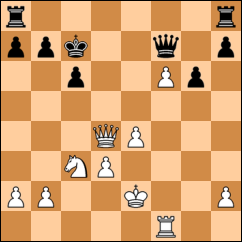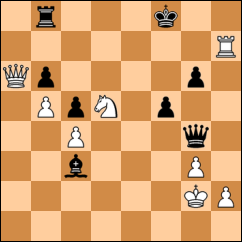Steven Erikson’s epic fantasy series The Malazan Book of the Fallen is about the most ambitious writing project I can think of short of Henry Darger. It’s not just the number of words in the thing, which is immense enough already (each of the ten books is a doorstop), but also the scale of the conception. There’s a giant amount of detail in there, with a backstory going back thousands of years, the uncovering of which is often just as much of a gasp-inducing plot element as any action sequence. Hints are often dropped which don’t pay off until literally thousands of pages later, and clearly Erikson had the entire thing largely planned out from the start.
Just a peek at the locations of the books is impressive. The second book drops almost all the characters and plot threads from the first and starts up a giant new collection of characters and threads on a different continent. The third book does jump back to the first book’s location, but then the entire first quarter of the fourth book is the backstory of what had originally appeared to be a minor character from the second book, and the fifth book starts all over again on a completely new continent. After that the threads start getting woven together a little more, which is almost a disappointment when you’re used to giant new vistas opening up every book.
As you might guess, this sort of thing is right up my alley. The sheer size of the worldbuilding, both in space and in time, is amazing, and the revelations that occur regularly are often jawdropping. Plus the guy can actually write, and the themes are largely about real human experience and emotions, and the characterization is pretty good; you can see why I’ve devoted an embarrassing number of hours to reading and rereading these books as they’ve been published. The tenth and final volume is coming out in early 2011, and I’ve started one more reread so I’ll be in place to read it at that time.
All that said, the books aren’t perfect. For one thing, although Erikson is a good writer, he’s not quite as good as he thinks he is, and sometimes passages can be overwritten or unclear. (And the excerpts of fictional poems that open the chapters are often just horrible.) Although there are occasional romantic relationships, he’s not that good at them—it’s generally hard to understand just why characters are falling in love (or, more usually, in lust). And although it’s hard for me to complain about the size when that is one of the things I love about the series, there’s just so much to keep track of, and so much to physically read, that it can be hard to remember it all and sustain my motivation all the way through.
The first book, Gardens of the Moon, also suffers somewhat from being written long before the other ones, before Erikson had really matured, and the violently in medias res nature of it is even harder to deal with as a reader than with the other books, since you’re starting from a blank slate. If you do read these books for the first time, I have one caution: don’t roll your eyes too much at the occasional seemingly completely random plot event or deus ex machina, especially in the first few books. In the context of a single book, they do appear to come from nowhere and have no good function except to tie up plot threads, but in the context of the entire series, they are usually used to introduce key elements that will become very important later in the series.
These books are not for everyone; they’re one of those things, like the band Cardiacs, that I love but am reluctant to actually recommend to anyone. But if this is the sort of thing you like, you may love it. And this is just about the best time to give it a try; it’s wrapping up soon so you can read the whole thing without waiting a year between each book, and tor.com is doing a pretty insightful reread through the whole series, which they just started a few weeks ago.

